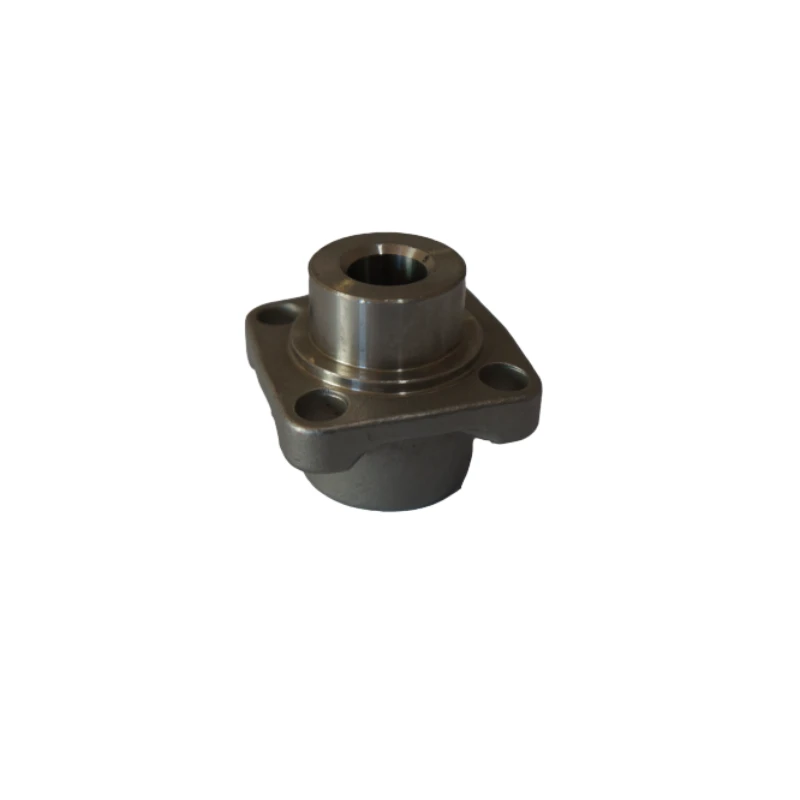metal stamping plates
Understanding the Importance of Metal Stamping Plates
Metal stamping plates are pivotal in the manufacturing and fabrication industries, providing the backbone for various components across several applications. The process involves shaping metal sheets into specific parts through the use of dyes and punches, enabling high-volume production with high precision. This article explores the significance of metal stamping plates, their applications, and the advantages they provide to manufacturers.
What Are Metal Stamping Plates?
Metal stamping plates are flat sheets of metal that undergo a stamping process, which involves cutting, bending, and shaping the metal into desired forms. The materials used can vary widely, including steel, aluminum, brass, and copper, depending on the specific application and requirements. The stamping process itself can encompass a range of techniques, including deep drawing, blanking, embossing, and perforating, each serving its purpose in producing various components.
Applications of Metal Stamping Plates
The applications of metal stamping plates are vast and diverse
. They are widely used in the automotive industry, where they are integral in the production of parts such as chassis, brackets, and other structural components. These plates are designed to withstand rigorous conditions and often need to adhere to strict safety and performance standards.In the electronics sector, metal stamping plates are utilized in creating components for devices and appliances. Connectors, housings, and various internal parts benefit from the precision offered by the stamping process. Similarly, the aerospace industry leverages high-quality stamped plates to manufacture critical components, ensuring safety and performance in aircraft systems.
Furthermore, metal stamping plates find their applications in the medical industry, producing parts for devices and equipment that require stringent quality and reliability standards. Their use extends to consumer goods, furniture, and various industrial applications, showcasing their versatility and essential role across multiple sectors.
metal stamping plates

Advantages of Using Metal Stamping Plates
1. Precision and Consistency One of the primary advantages of metal stamping plates is the ability to produce parts with high precision. The stamping process ensures that each piece is made to exact specifications, reducing the likelihood of errors and the need for rework. This consistency is crucial for industries where tolerances are critical, such as aerospace and automotive manufacturing.
2. Cost-Effectiveness When it comes to mass production, metal stamping is highly efficient and cost-effective. Once the initial setup is completed, producing large volumes of parts becomes economical. The reduction in labor costs and the speed of production contribute to overall savings, making it a preferred method for many manufacturers.
3. Material Efficiency Metal stamping allows for optimal use of materials. The design of stamping dies is such that they minimize waste, ensuring that most of the metal sheet is utilized effectively. This characteristic benefits not only the manufacturer but also the environment.
4. Flexibility in Design Advances in technology have enhanced the capabilities of metal stamping. Designers can easily modify the dies to accommodate different shapes and sizes, allowing for custom solutions tailored to specific product needs. This flexibility supports innovation and the ability to bring new products to market swiftly.
5. Strength and Durability Metal stamping can enhance the strength of the components produced. Depending on the material and the stamping process, these parts can exhibit significant durability, making them suitable for even the most challenging applications. The ability to work with various alloys also means that manufacturers can choose materials that best meet their performance requirements.
Conclusion
In summary, metal stamping plates play a crucial role in various industries, offering precision, efficiency, and flexibility in manufacturing processes. As industries continue to evolve and demand for high-quality components increases, the importance of metal stamping technology becomes even more pronounced. By understanding the mechanisms and advantages of metal stamping plates, manufacturers can better leverage their capabilities to drive innovation, reduce costs, and enhance product quality. Investing in high-quality metal stamping processes can result in significant long-term benefits, positioning businesses competitively in their respective markets.
-
Top Extras Casting Solutions Die Casting and Sand Casting Experts High-Quality Casting and Die Casting ServicesNewsJun.10,2025
-
Top SS Casting Manufacturer Aluminum Die Casting Manufacturer China Precision Die Casting Company SupplierNewsJun.10,2025
-
High-Quality Brass Casting Sand for Precision Sand Casting Brass at HomeNewsJun.10,2025
-
Affordable Aluminum Sand Casting Solutions Custom PartsNewsJun.09,2025
-
High-Quality China Sand Casting Services Cost-Effective & ReliableNewsJun.09,2025
-
Premium Hot Stamping Parts Durable Plastic Decor SolutionsNewsJun.09,2025















